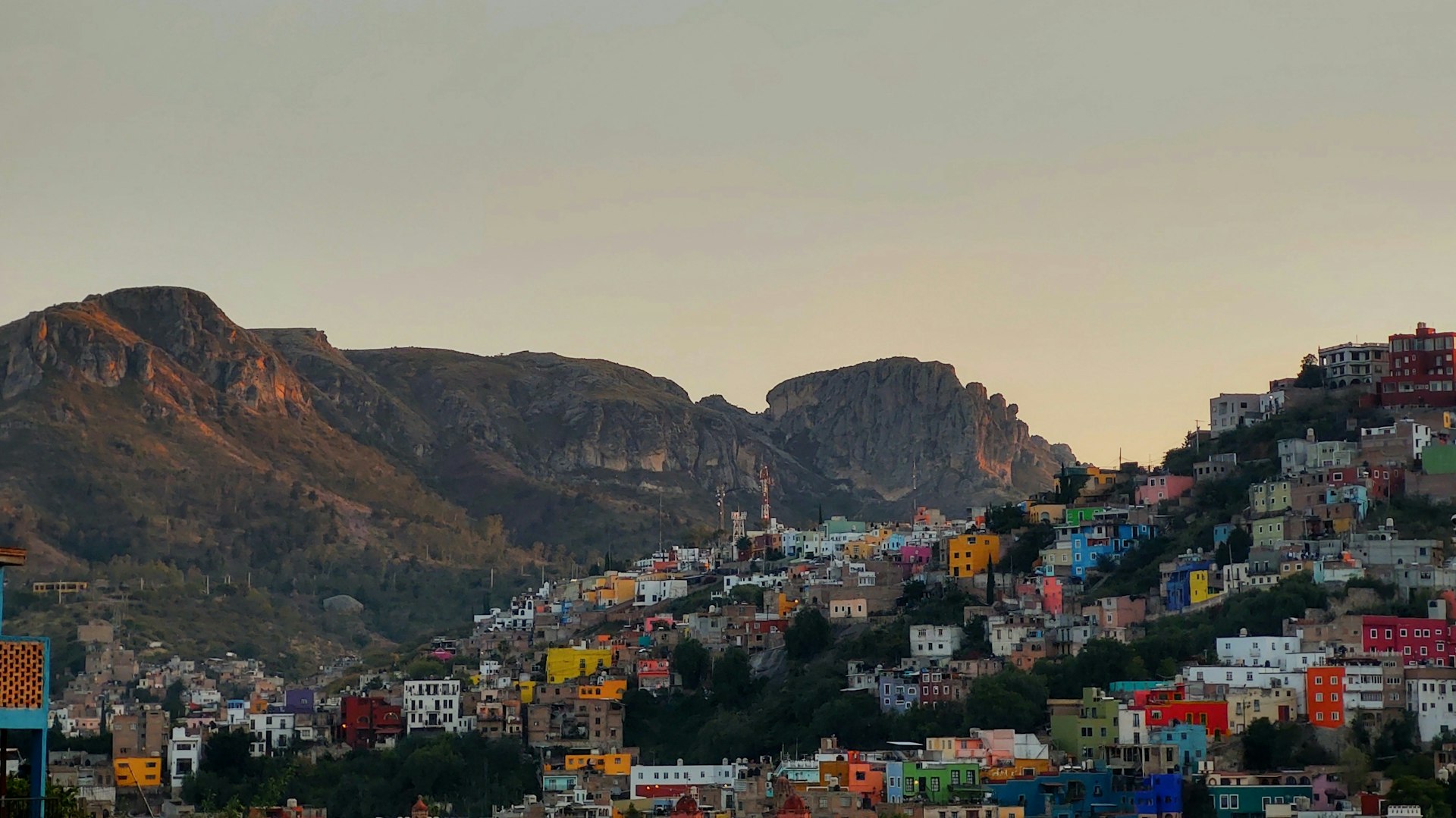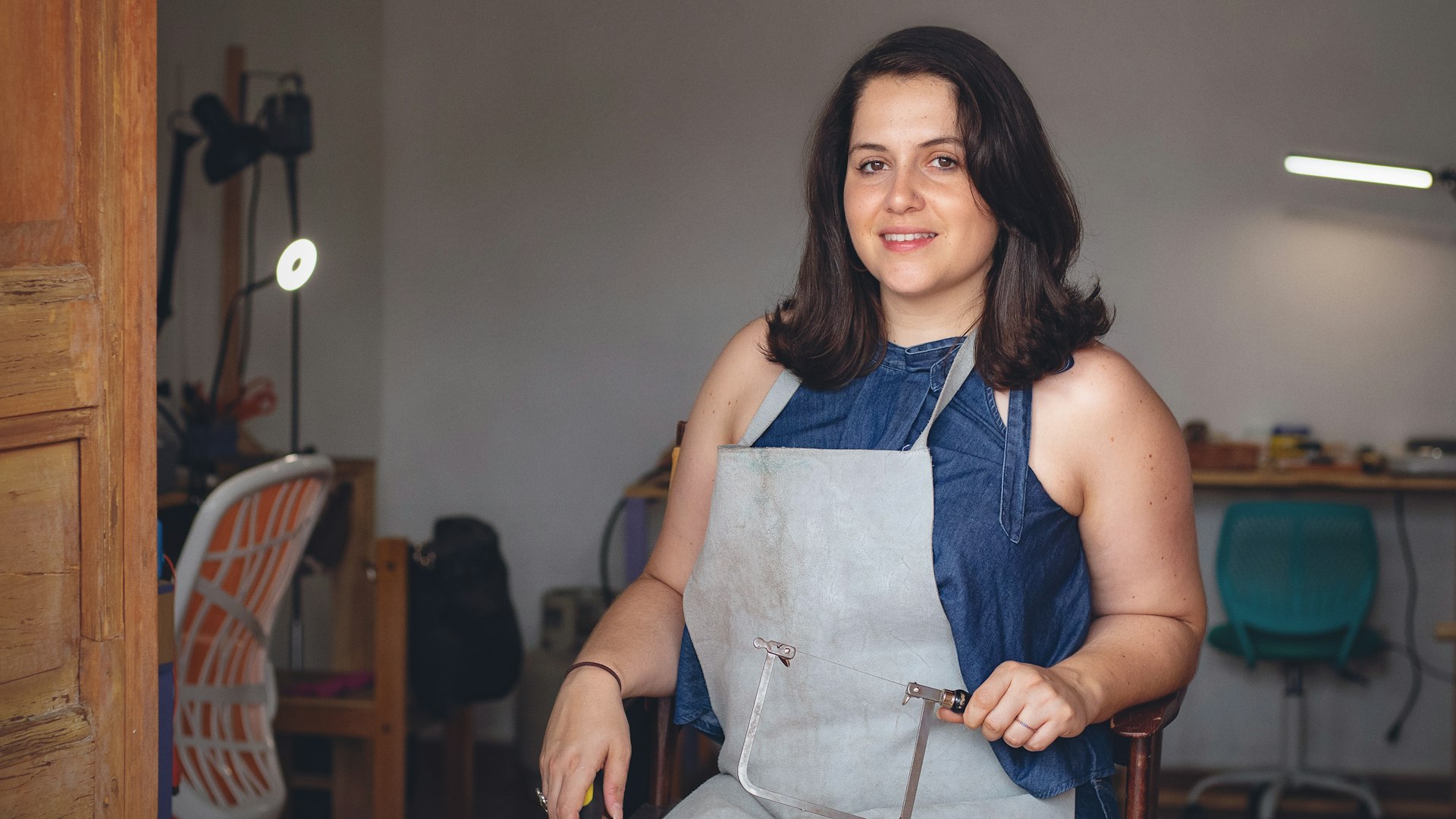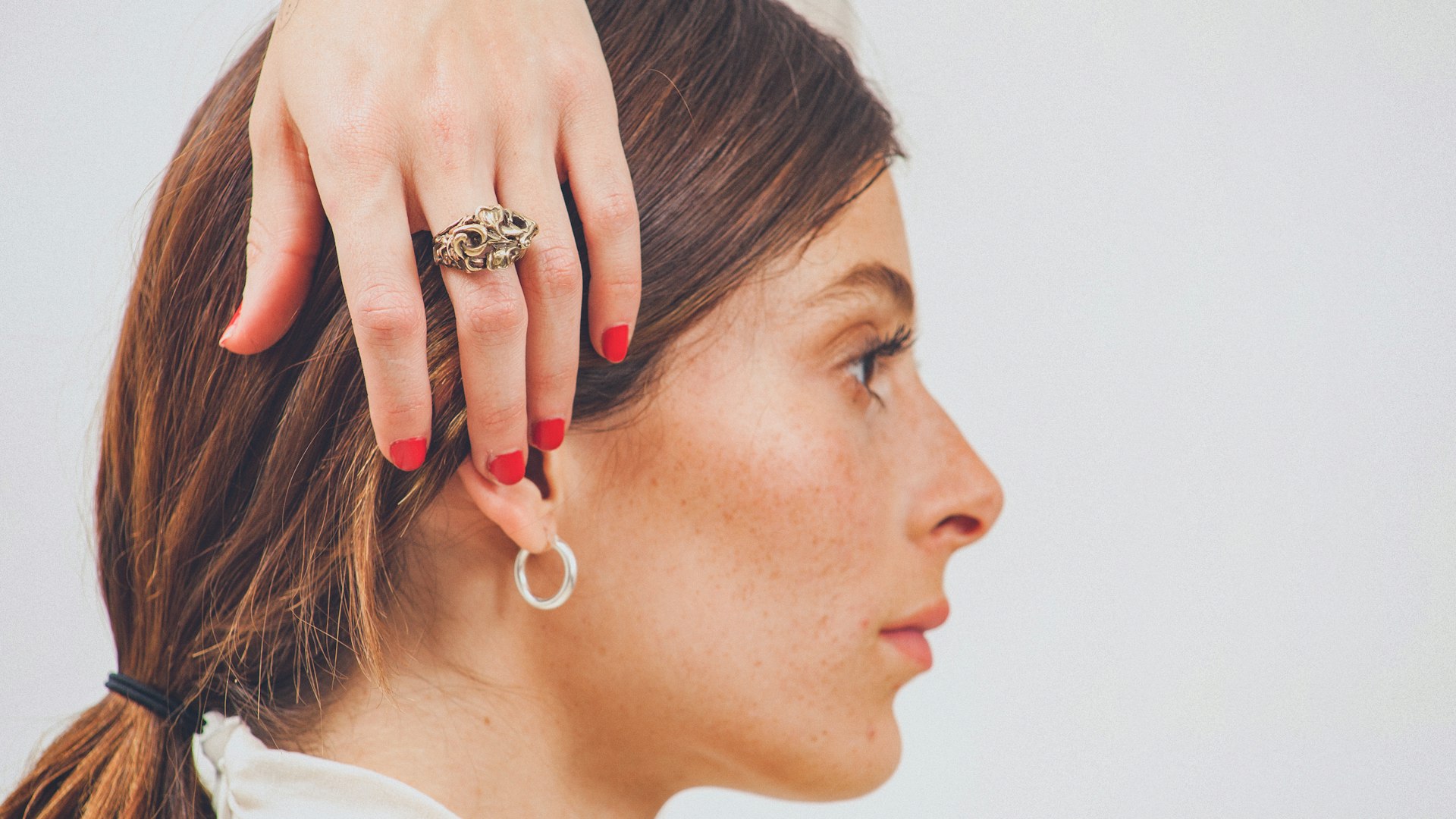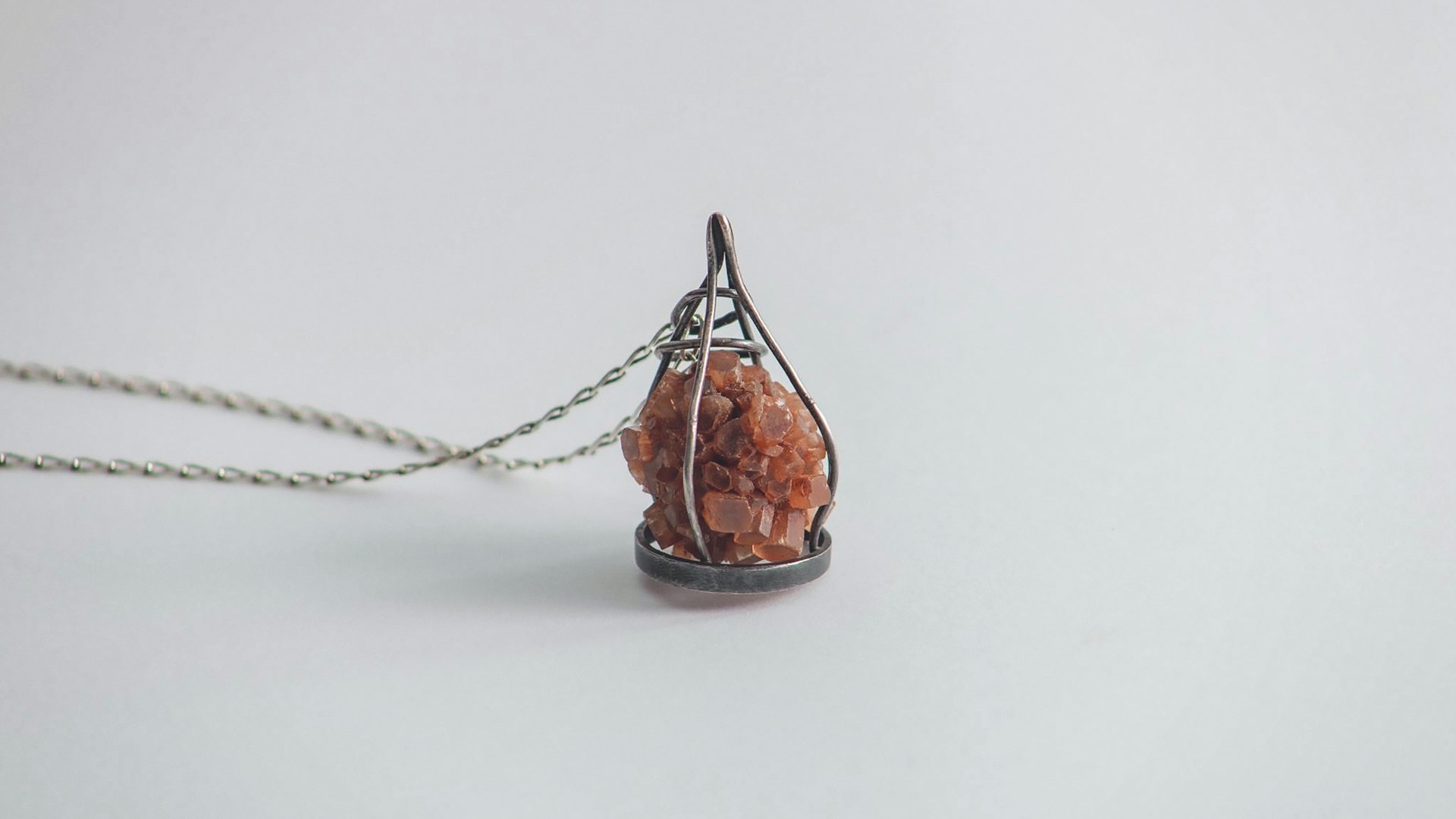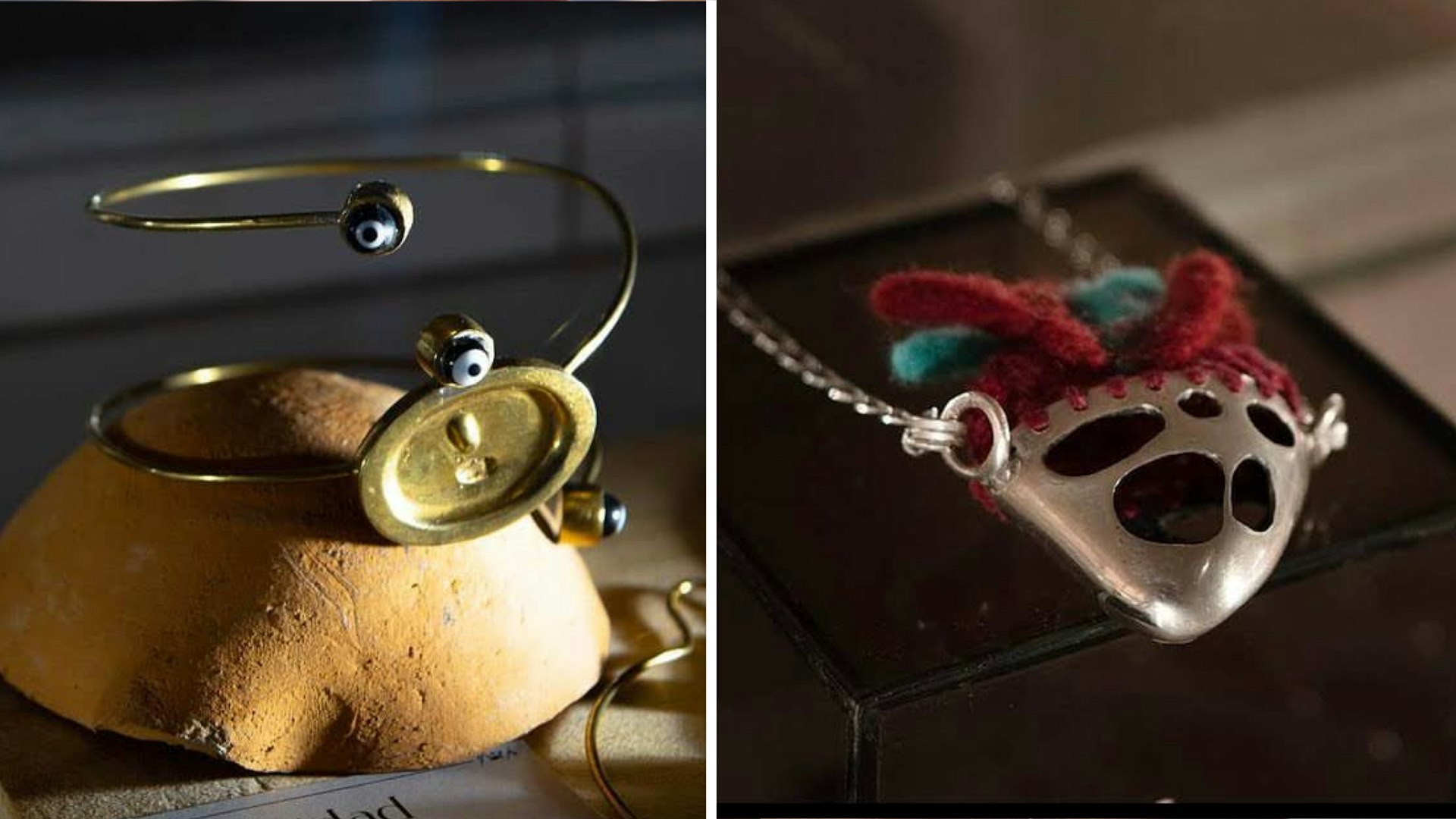August 02, 2024
In This Mexican City, Women Transformed a Silversmithing Tradition
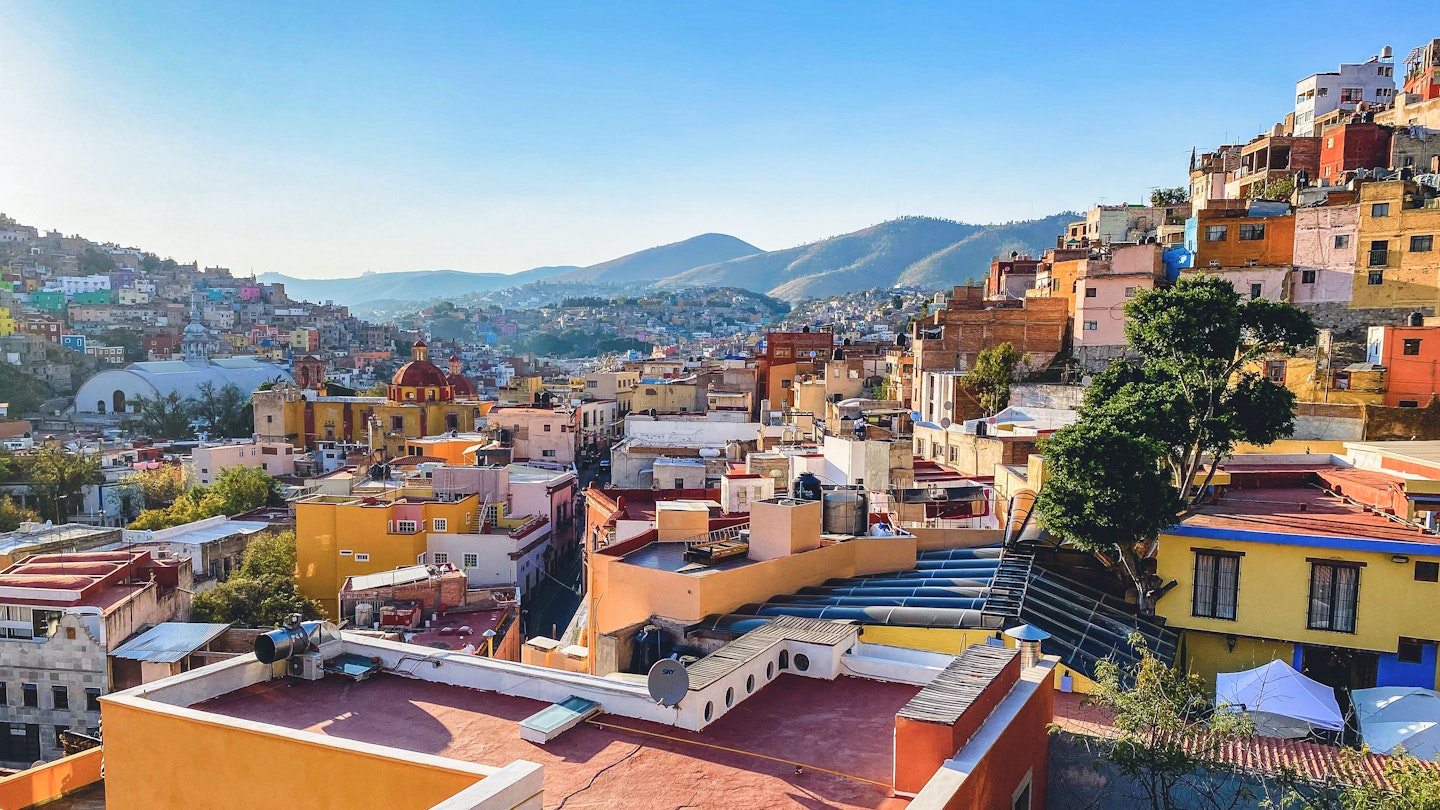
In Guanajuato, Mexico, people walk on water—topographically, that is. Formerly known as Cuanaxhuata, this ancient municipality was once a winding tributary in the valleys of Mexican mountains. Guanajuato’s historic prominence and cultural legacy set this UNESCO World Heritage Site apart from most of its beloved neighboring boroughs, and its people cherish it like the rare gem it is.
In fact, precious silver has solidified Guanajuato’s influence across the New World for centuries. Today, women of Guanajuato are becoming the new stewards of silversmithing, embracing the city’s artistic legacy while transforming a once male-dominated industry.
The History of Silver in Guanajuato
Guanajuato, Mexico. Photo by Maureen Sobrino on Unsplash.
The story of silver is deeply entangled with the story of European colonialism. It goes back to the early 1520s, when Spanish explorer Cristóbal de Olid advanced northward to present-day Guanajuato after Michoacán and the Kingdom of the Purépecha.
In 1552, Captain Juan de Jaso discovered the rich silver veins in the area, establishing mines in 1557. Guanajuato’s largest mine, the Boca del Infierno (“Mouth of Hell”), is a mind-bending 2,000 feet deep and 40 feet wide. In the 1700s, Guanajuato prospered. Its citywide mines were protected by the Spanish crown and financed world-renowned Baroque architecture, much of which still stands today.
The European influence on Guanajuatense architecture left a beautifully embellished cityscape with vibrant homes, towering monuments, and architectural masterpieces—like La Valenciana church, which draws global crowds more than two centuries later. Its region’s history is as intricate as its wall etchings. The Valenciana Mine produced roughly two-thirds of the silver extracted for all of New Spain—reaching its highest production between 1768 and 1804. Soon thereafter, La Valenciana was built in honor of Saint Cajetan for the riches he provided. Designed in the Mexican Churrigueresque style, the church is built in pink volcanic stone with intricately carved gold-leaf altarpieces at the main and side entrances. Some original furnishings remain today.
The fusion of Mexican flair and European éclat birthed a style of silver design known as Barocco. A city tradition inspired by the early 17th-century art style, Barocco features intricate carvings of Guanajuato’s remarkable flora and fauna.
Today, local silversmiths carry its legacy forward.
Challenging the Limits of Silver
As an owner of a brand and a leader of a women’s cohort, Eugenia challenges her students to think outside the bounds of tradition.
Master silversmiths in Guanajuato have a daunting task: to translate Baroque styles of the New World into their creations. For VAWAA artist and silversmith Eugenia, silver is a medium of flexibility.
Her journey into the art form was semi-accidental; it began with a glimmer of curiosity. As a communications student, Eugenia craved the abstract possibilities of the arts, so she began to study photography, ceramics, and doll making. She stumbled upon Baroque-style silversmithing when a friend posted a class on Facebook. Eager for a challenge, she was referred to a teacher in Lyon, a city in Guanajuato state. There, what started as a hobby became a lifelong journey defined by continuously pushing the boundaries of this metal.
In silver, Eugenia fashions the surreal. She creates her own silver alloy in an effort to expand its limits. She wants women who choose silversmithing to be equally bold in their approaches. As an owner of a brand and a leader of a women’s cohort, Eugenia challenges her students to think outside the bounds of tradition.
“I want them to go beyond the obvious, to play with symbolism and concepts,” she tells me of her teaching methods. “If you want to make animals and flowers, that’s fine, but let’s push it a little further.” When there’s floral Barroco jewelry on every corner, young designers in Guanajuato can’t afford to play it safe.
The future of silversmithing has inspired Eugenia to cross borders to Argentina’s contemporary jewelry scene—and beyond. She links modern styles and traditional techniques from countries like Japan and Korea.
Carrying On a Sterling Legacy
Eugenia links modern styles and traditional techniques from countries like Japan and Korea.
“Culturally, ideas are changing,” Eugenia says. “People are seeing that women can actually do the jobs that were mostly assigned to men.”
In Mexico, from 1523 to 1821, silversmithing was dominated by European-born Spaniards known as the Gachupines. This small but privileged group controlled significant political, economic, and social power. Mexico’s independence in 1821 brought national turbulence and power struggles for mines. Silversmithing and masonry remained a male-dominated industry; women took a back seat. Gradually, women developed the freedom to challenge these norms. By breaking into fields like silversmithing, they started to redefine their roles, contributing to a significant cultural transformation. Today, women take charge, writing their stories in silver. “More women are teaching and opening their own studios and schools,” Eugenia notes.
During the pandemic, Eugenia and other women silversmiths banded together to create a women’s cohort called Soberana Collective to continue their work while the world was on pause. The cohort was a functional body of enterprising women, using their professional backgrounds in advertising, communications, and accounting to advance the trade. Eugenia tells me about an international fashion contest the group entered. Their work shocked a panel of male judges (and “non-artists,” she points out) and placed third. The judges didn’t expect Soberana Collective to dominate in an industry that requires science, mathematics, and fire, Eugenia says proudly.
Pieces by Sare Pinet and Alejandra Íñiguez of Eugenia’s Soberana Collective.
“Culturally, ideas are changing,” she explains. “People are seeing that women can actually do the jobs that were mostly assigned to men. We are working with heavy tools, in hot conditions.” She tells me of a silver center called Tasco, right outside Guanajuato: Generations ago, women were learning the trade of silversmithing from their male relatives but could never partake in the making. How many stories of women behind the Guanajuato silver trade are hidden there? What histories remain invisible, and what genius was contributed without proper recognition?
Though Eugenia is a student of contemporary methods, she realizes the importance of tradition and the deep roots of silversmithing in the history of Guanajuato. The possibilities of silver are vast, and she hopes that her VAWAA guests are patient with themselves in learning the basics. Diverse backgrounds are always welcome because her curiosity for the abstract guided her to the alloy of promise.
For Eugenia, the art of silversmithing is a reflection of time. The women masters of Guanajuato use materials to honor the past and pull history into the present. But their work feels like a revelation, too—a force that could transform the region’s future.
Written by Tyler Pharr
Explore all mini-apprenticeships, and be sure to come say hey on Instagram. For more stories, tips, and new artist updates, subscribe here.
